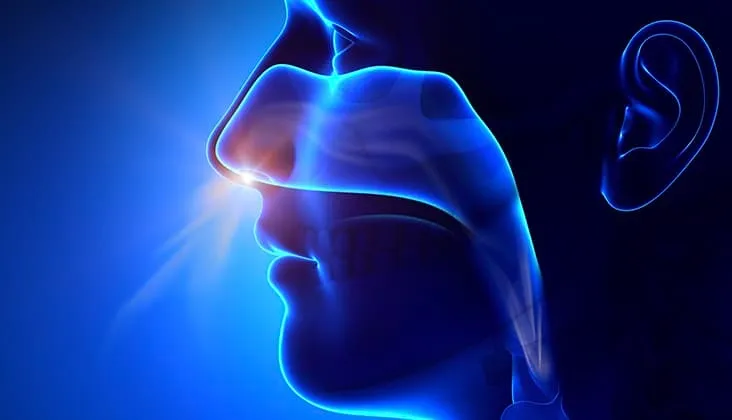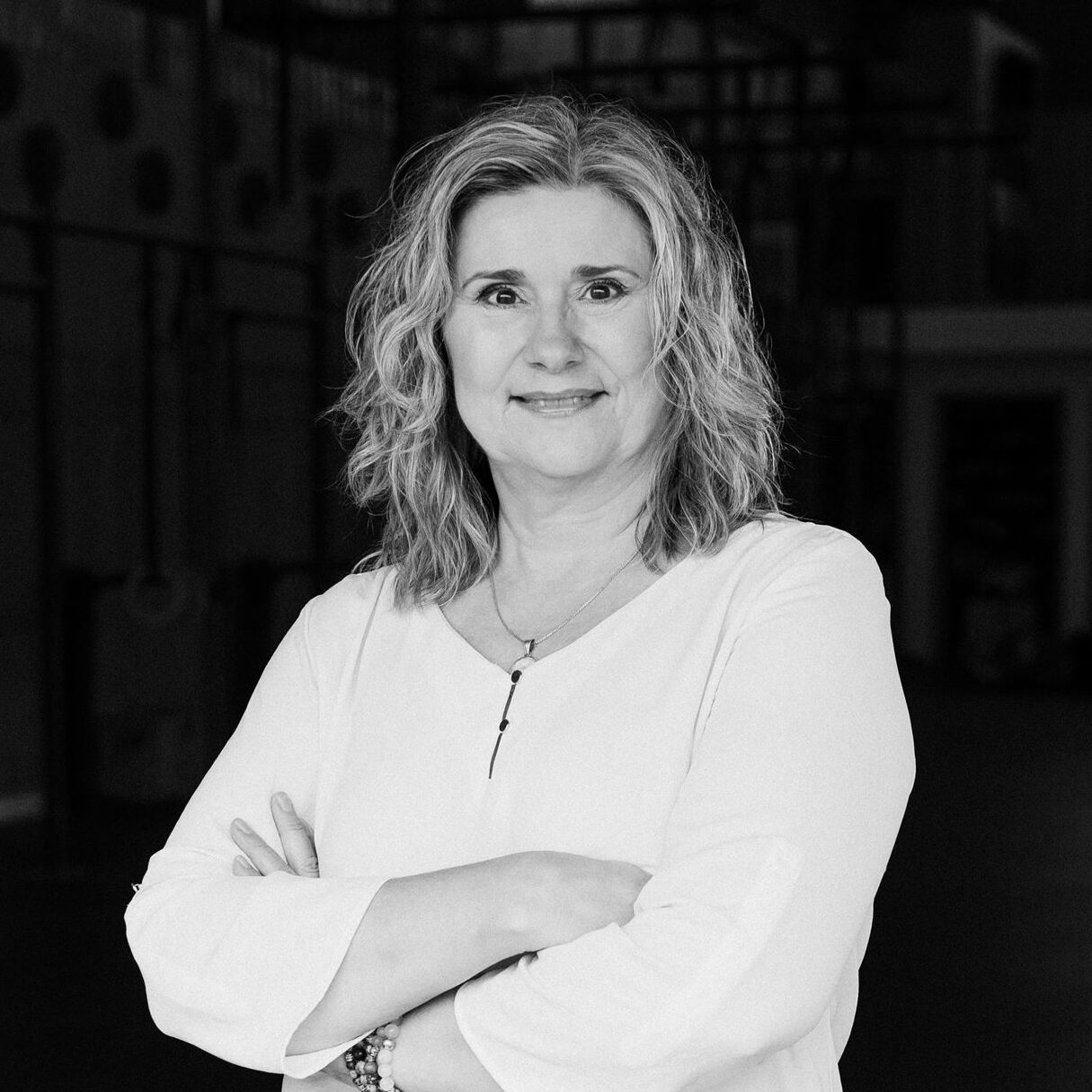Did you know you can bring more oxygen to your body by breathing less?
Wait, how is that possible? Isn’t more oxygen better?
Not exactly. Taking in oxygen isn’t just about getting it into the lungs. It then must be carried by the blood, delivered to the vital organs and muscles, exchanged for waste (carbon dioxide and water), and finally exhaled. The exchange is important!
So how do these gases trade places in the blood?
Carbon dioxide acts as a trigger to release oxygen from blood. When carbon dioxide in the blood rises, oxygen is released into the surrounding tissues. If carbon dioxide is too low; blood will hold on to the oxygen releasing less to the muscles and surrounding tissues.
So now let’s look at mouth breathing and why it hinders blood gas exchange.
When we mouth breathe, we are actually “over breathing”. Yes, really! When breathing too much, too quickly, we saturate our blood with oxygen, thereby reducing the amount of carbon dioxide it can hold. This results in less oxygenation of the tissues and organs.
By nasal breathing, our breath slows; we breathe less. This causes the blood to retain higher carbon dioxide. It is this retention that triggers the desired blood gas exchange (CO2 for O2), which results in greater oxygenation of tissues and organs.
Better breathing is less breathing. Less breathing triggers blood gas exchange. Breathe less for more oxygen!
So, who can benefit from practicing nasal breathing? Asthmatics, children with repeated ear, nose and throat infections, parents who want to support their children’s habits, adults who want improve health, athletes who want to improve performance… EVERYONE can benefit!
How can you apply this at home? Start by noticing. Challenge yourself to practice when it’s difficult, after brisk exercise for example. Progress to other techniques like mouth taping, breath holding on the exhale, etc. Or ask for help from a professional.
Until next time… ~ breathe ~ move ~ unwind ~





